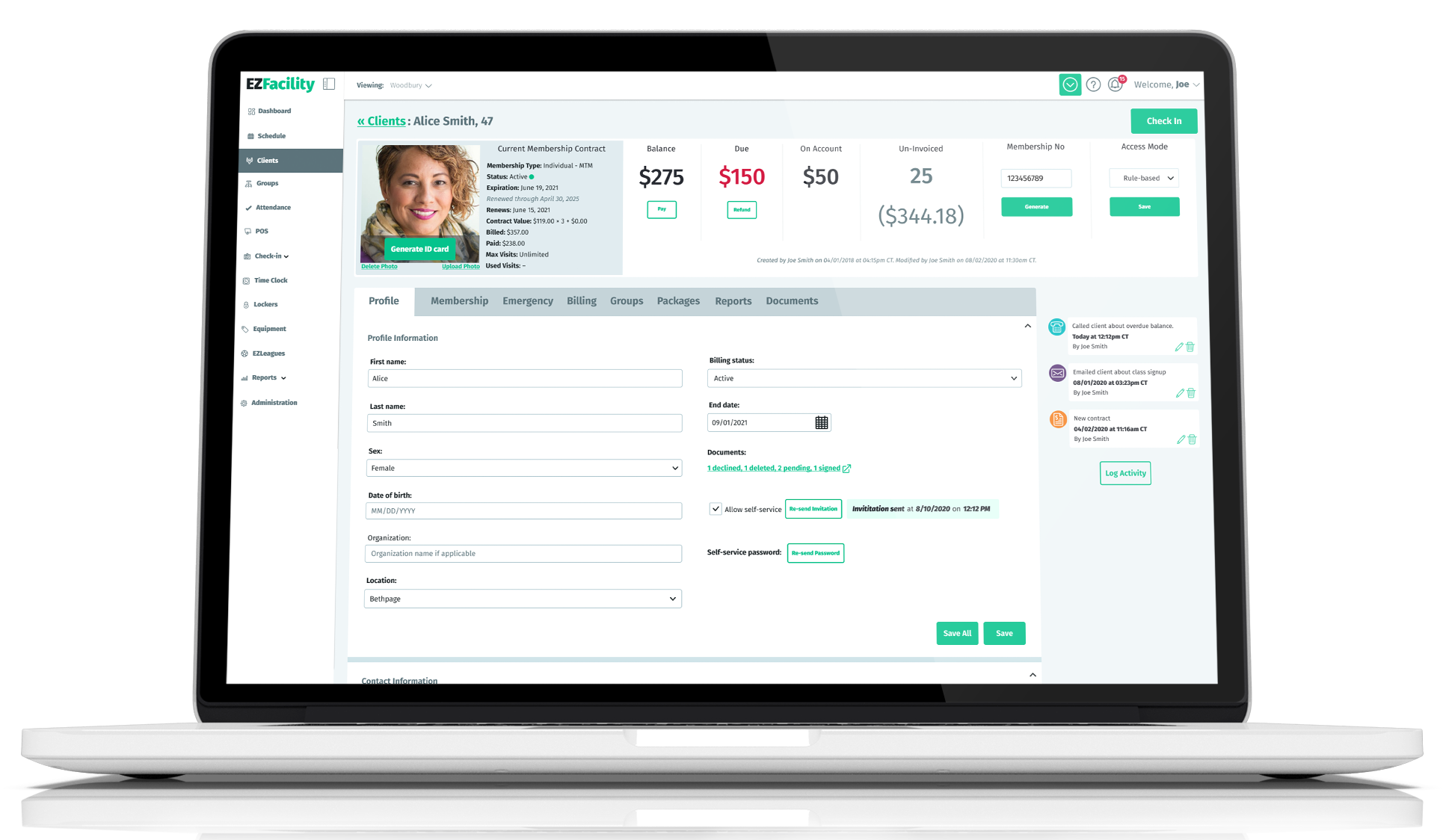The fitness industry has undergone a major transformation over the past year in order to adapt to shifting demands and changing consumer habits as a result of the COVID-19 pandemic. With many government restrictions now lifted, and vaccines available throughout the U.S., fitness businesses are finally starting to see more foot traffic again. In fact, recent research from Jeffries found that traffic at gyms nationwide was back to 83% of January 2020 levels.
While this is great news, it’s important for business owners to understand that customers’ expectations have changed dramatically since the pandemic hit. This is especially true within the fitness industry, where members have grown accustomed to the convenience and flexibility that digital fitness offerings provide. Now more than ever, providing a great customer experience is a non-negotiable for gyms and fitness-related businesses.
In this blog, we’ll talk about why member experience matters, and what you can do to ensure you’re providing a positive customer experience throughout the entire customer journey.
What is the member experience?
In a membership-based business, the customer experience is ultimately what defines and drives your business. The experience you provide is what makes your business unique, and it’s what attracts people to your products and services over your competitors. Providing a great member experience is critical to creating a positive association with your business, boosting customer engagement, and building a community of loyal customers.
The member experience begins at the first point of contact with customers, and encompasses all of the touch points throughout the customer journey. To ensure you’re providing a positive member experience, you need to continuously offer exceptional customer support, anticipate—and exceed—customers’ expectations and needs, and provide an experience your members can’t get anywhere else.
Ways to Create a Great Customer Experience
In today’s increasingly digital world, ensuring a positive member experience is more important than ever. The experience you provide—whether positive or negative—will stay with you and impact your long-term success. In fact, 87% of customers think brands need to put more effort into providing a consistent experience.
A great customer experience provides your business with a competitive edge, improves customer satisfaction and customer engagement, and helps you attract loyal customers. Conversely, a bad experience has the opposite effect, and can quickly lead people to cancel their memberships, or leave negative reviews online and on social media.
In order to provide great customer experience, you must remember that the experience extends beyond just signing up members—it needs to be emulated across multiple platforms and touchpoints. Additionally, you need to understand how your members think, and what they want.
Below are four ways to help you provide a great customer experience:
1. Safety & Hygiene
In the wake of the pandemic, safety and hygiene are critical components of the member experience. Customers’ expectations of gyms and fitness-related businesses have evolved, and they now include the expectation that businesses have health and safety standards in place to minimize the transmission of COVID-19. Maintaining a high standard of cleanliness is the new norm, and it’s key to ensuring your members feel safe and comfortable.
2. Employee Culture
The environment you foster plays a huge role in whether a member has a positive customer experience, or a bad experience. Running a gym isn’t just about laying out equipment—it’s about creating a space that can change peoples’ lives. To do that, you first need to ensure that you’re providing positive employee experiences, too. You’re likely familiar with the saying “happy employees create happy customers”—and studies have confirmed that employee happiness is directly correlated with employee efficiency, creativity, and productivity. If you want to consistently provide positive customer experiences, you need to build a team of happy, engaged employees.
3. Customer feedback
The best way to know if you’re meeting customers’ expectations is to ask them. Asking for customer feedback after key touchpoints during the customer journey shows members you care about their experience, which leads to greater customer satisfaction and higher customer engagement. Customer feedback is also an invaluable way to learn what you’re doing well, in addition to identifying areas for improvement.
4. Convenience
As we touched on earlier, customers’ expectations have changed since COVID-19, and business owners need to be willing to meet the consumers where they are. Data from a recent global study revealed that 70% of responding internet users worldwide were using their smartphones or mobile phones more as a direct result of the coronavirus outbreak, and another study found that mobile owners worldwide will continue to increase to 7.33 billion by 2023. For gyms and fitness-related businesses, this means that a strong digital presence is key to long-term success.
Consumers now expect a hybrid combination of in-person and online workout options, and they want to be able to research, book services, and communicate with brands easily. If you haven’t already done so, make sure your app, website and social media channels are updated, user-friendly, informative, and offer a seamless experience.
Conclusion
A great customer experience is what will keep your members coming back, and make them more likely to recommend your business to friends. Remember that you’re selling a continuous service, so it’s imperative that you build a strong team of engaged employees, solicit customer feedback, and continue to monitor digital trends in the fitness space to make sure you’re keeping up with the shifting landscape.
To learn how EZFacility can help you provide a great customer experience and improve customer satisfaction, click here to schedule a free, personalized product tour.
























